Are All Calico and Tortoiseshell Cats Female? 🐱
Curious about the relationship between a cat’s coat color and its gender? In this blog post, we’ll delve into the fascinating world of calico and tortoiseshell cats, exploring the scientific reasons behind their unique coat patterns and answering the burning question: Are all calico and tortoiseshell cats female?
Key takeaways
Nearly all calico and tortoiseshell cats are female, but not every female cat is a calico or tortoiseshell.
A cat’s coat color is determined by its chromosomes.
Male calico or tortoiseshell cats are rare, and usually sterile.
The Science Behind Calico and Tortoiseshell Cats
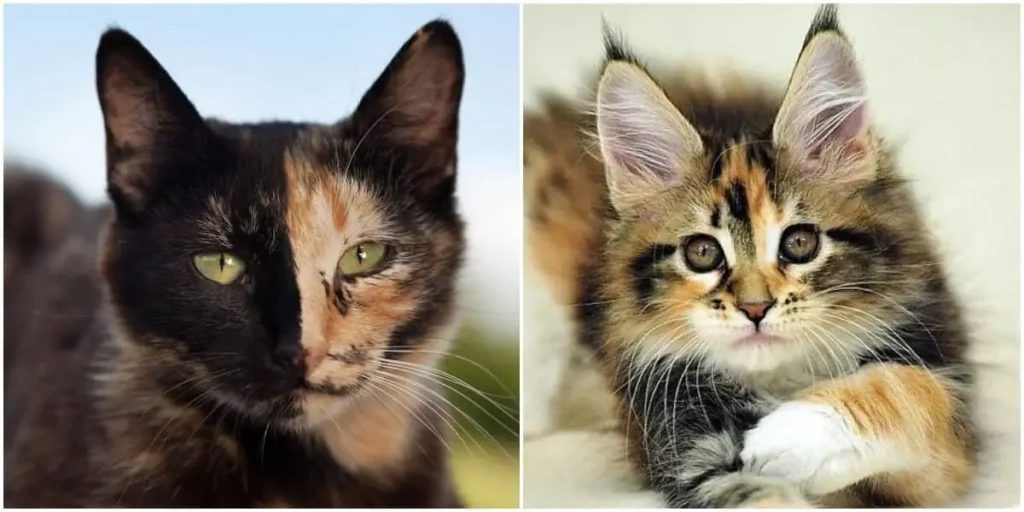
The role of chromosomes
To understand why calico and tortoiseshell cats are predominantly female, we need to look at feline genetics. Cats have 19 pairs of chromosomes, with one pair determining their sex. Female cats have two X chromosomes (XX), while male cats have one X and one Y chromosome (XY).
Explaining X and Y chromosomes in cats
The X chromosome carries the genes responsible for coat color in cats. Since female cats have two X chromosomes, they can carry two different color genes, which can lead to the unique color patterns seen in calico and tortoiseshell cats.
How the X chromosome carries the gene for coat color
Each X chromosome in a female cat can carry either the orange (O) or non-orange (o) gene, which determines the fur color. When a female cat inherits both the orange and non-orange genes, the result is a mix of orange and black fur, which creates the distinctive calico or tortoiseshell pattern.
Color genes and patterns
To further understand the unique coat patterns of calico and tortoiseshell cats, let’s explore the specific genes responsible for these colors.
The O gene: orange and non-orange fur
The O gene, located on the X chromosome, determines whether a cat will have orange or non-orange fur. The dominant O gene results in orange fur, while the recessive o gene results in black or other non-orange fur colors. Female cats can have one of each, leading to the mix of colors seen in calico and tortoiseshell cats.
The piebald or white spotting gene
In addition to the O gene, the piebald or white spotting gene also plays a role in creating the unique patterns of calico and tortoiseshell cats. This gene is responsible for the presence of white fur in their coat. When combined with the orange and non-orange fur colors, it creates the tricolor pattern typical of calico cats.
How coat color is inherited
The inheritance of coat color in cats is complex and depends on the specific genes passed down from both parents. A kitten will inherit one X chromosome from its mother and either an X or Y chromosome from its father. This determines not only the sex of the kitten, but also the coat colors it can potentially display.
In the case of calico and tortoiseshell cats, a female kitten must inherit both the orange (O) and non-orange (o) genes from its parents to display the distinctive coat pattern. This is why calico and tortoiseshell cats are predominantly female, as they require two X chromosomes to inherit both color genes.
Female Calico and Tortoiseshell Cats: The Norm
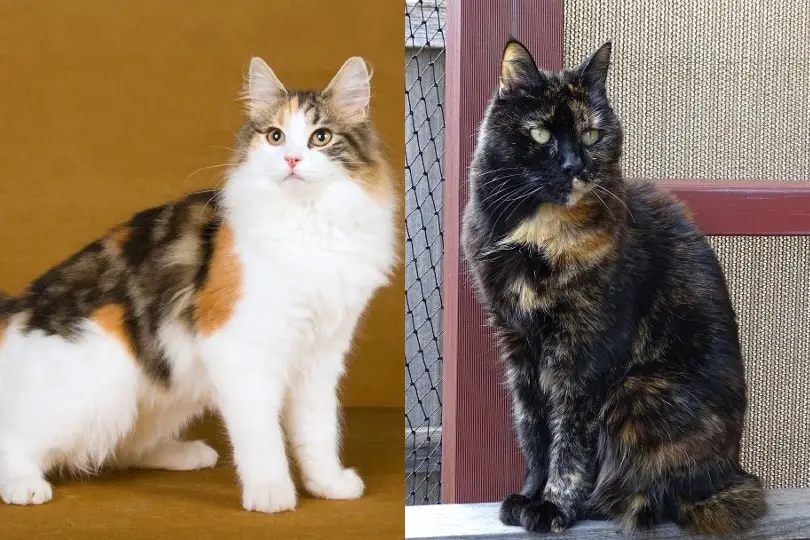
The prevalence of female calico and tortoiseshell cats
Calico and tortoiseshell cats are predominantly female due to the unique combination of genes responsible for their coat patterns.
Since the coat color genes are located on the X chromosome, and female cats have two X chromosomes, they are more likely to inherit both the orange (O) and non-orange (o) genes needed to produce the characteristic calico or tortoiseshell pattern.
Statistics on the percentage of female calico and tortoiseshell cats
It’s estimated that around 99.9% of calico and tortoiseshell cats are female. This high percentage is due to the fact that female cats have a greater chance of inheriting the specific combination of coat color genes needed to create these unique patterns.
Female cats with two X chromosomes
Female cats inherit one X chromosome from each parent, providing them with two opportunities to carry the necessary genes for the calico or tortoiseshell pattern. When a female cat inherits the orange (O) gene from one parent and the non-orange (o) gene from the other, her coat will display a mix of orange and black fur.
How the presence of two X chromosomes leads to calico and tortoiseshell patterns
The X-inactivation process is responsible for the mosaic patterns seen in calico and tortoiseshell cats. Since female cats have two X chromosomes, one of them is randomly inactivated in each cell during early development.
This inactivation leads to the expression of either the orange (O) or non-orange (o) gene in different cells, resulting in the patchwork of colors seen in these cats’ coats.
In summary, the majority of calico and tortoiseshell cats are female due to the unique combination of genes needed to produce their coat patterns. The presence of two X chromosomes in female cats allows them to inherit both the orange and non-orange genes required for these distinctive patterns, making them the norm for calico and tortoiseshell cats.
Male Calico and Tortoiseshell Cats: The Rare Exceptions
The genetics of male calico and tortoiseshell cats
While the vast majority of calico and tortoiseshell cats are female, there are rare cases of male cats displaying these unique coat patterns. These exceptions occur due to genetic anomalies that result in male cats having an extra X chromosome, giving them the genetic makeup of XXY instead of the typical XY.
The occurrence of XXY chromosomes in males
Male cats with an extra X chromosome can inherit both the orange (O) and non-orange (o) genes needed for calico or tortoiseshell patterns. This is because they have two X chromosomes, similar to female cats, which allows them to inherit both color genes.
However, this phenomenon is extremely rare, occurring in only about 1 in 3,000 male cats.
Klinefelter Syndrome in male cats
The presence of an extra X chromosome in male calico and tortoiseshell cats is a result of a genetic condition called Klinefelter Syndrome.
Health issues and fertility of male calico and tortoiseshell cats
Klinefelter Syndrome can lead to various health issues in male cats, including developmental delays, behavioral problems, and an increased risk of certain health conditions.
Additionally, male cats with this syndrome are almost always sterile, as the extra X chromosome interferes with the normal development of their reproductive system.
Male calico and tortoiseshell cats are rare exceptions to the predominantly female population of these unique felines. The presence of an extra X chromosome in these male cats allows them to inherit both the orange and non-orange genes required for their distinctive coat patterns.
However, this genetic anomaly is often accompanied by health issues and sterility, making male calico and tortoiseshell cats truly exceptional.
The Mystique of Calico and Tortoiseshell Cats
Folklore and cultural significance
Calico and tortoiseshell cats have long captivated humans with their distinctive patterns and vibrant colors. Throughout history, various cultures have developed unique beliefs and stories surrounding these enchanting felines, attributing to them a certain mystique.
Interesting beliefs and stories surrounding these unique cats
In Japan, calico cats are considered to bring good luck and are known as “Maneki Neko” or “beckoning cats.” They are often depicted as figurines with a raised paw, believed to attract wealth and prosperity.
In Irish folklore, it is said that calico cats can cure warts. The affected person would rub the wart on the cat’s tail and then release the cat to chase away the ailment.
Sailors and fishermen from various cultures would keep calico or tortoiseshell cats on board their ships, believing these cats had the power to protect them from storms and bring about a bountiful catch.
Calico and tortoiseshell cat personality traits
While there is no scientific evidence to support the idea that calico and tortoiseshell cats have unique personalities compared to other cats, some cat owners believe these felines possess distinct character traits.
Dispelling myths and discussing common personality traits
Some people believe that calico and tortoiseshell cats have “tortitude” or “calico attitude,” describing them as more assertive, strong-willed, or feisty compared to other cats.
However, it’s important to remember that cat personalities are shaped by various factors, such as breed, upbringing, and individual temperament. While some calico and tortoiseshell cats may display these traits, it is not a universally applicable rule.
The mystique surrounding calico and tortoiseshell cats can be attributed to their unique appearance, cultural significance, and the widely-held belief that they possess distinct personalities. Though scientific evidence may not support these claims, there is no denying the enduring fascination and charm of these colorful felines.
Related:
Frequently Asked Questions
Are all calico and tortoiseshell cats female?
While nearly all calico and tortoiseshell cats are female, there are rare exceptions where a male cat will exhibit these coat patterns due to genetic anomalies.
Why are male calico and tortoiseshell cats usually sterile?
Male calico and tortoiseshell cats are typically sterile because they have an extra X chromosome (XXY), which leads to Klinefelter Syndrome and affects their fertility.
Do calico and tortoiseshell cats have unique personalities compared to other cats?
There is no scientific evidence to support the idea that calico and tortoiseshell cats have unique personalities compared to other cats. However, some cat owners believe these cats have distinct personalities, often referred to as “tortitude” or “calico attitude.”
Can you predict a kitten’s coat color based on its parents?
Predicting a kitten’s coat color can be difficult, as coat color inheritance is complex and influenced by multiple genes. However, understanding the parent’s genetic makeup can provide some insight into the possible coat colors of their offspring.
Conclusion
So, are all calico and tortoiseshell cats female? While the majority of these uniquely-patterned felines are indeed female, there are rare exceptions. The fascinating world of cat genetics provides an intriguing explanation for the coat patterns seen in calico and tortoiseshell cats, giving us a deeper understanding and appreciation for these beautiful creatures.
Additional references:

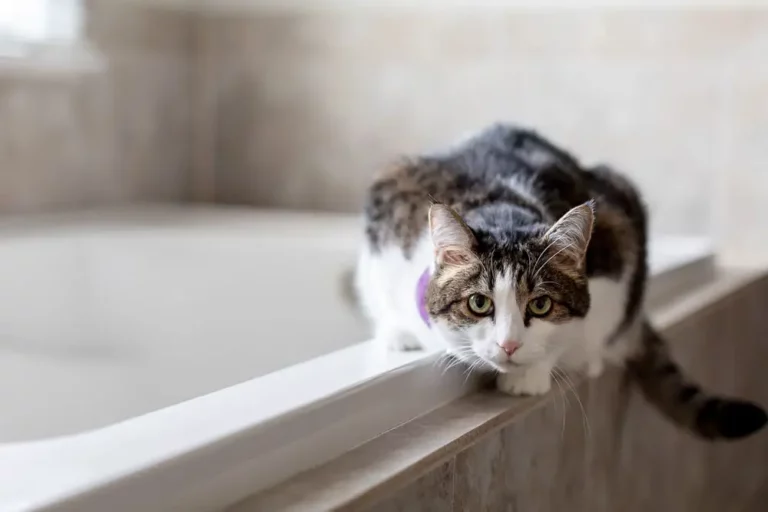
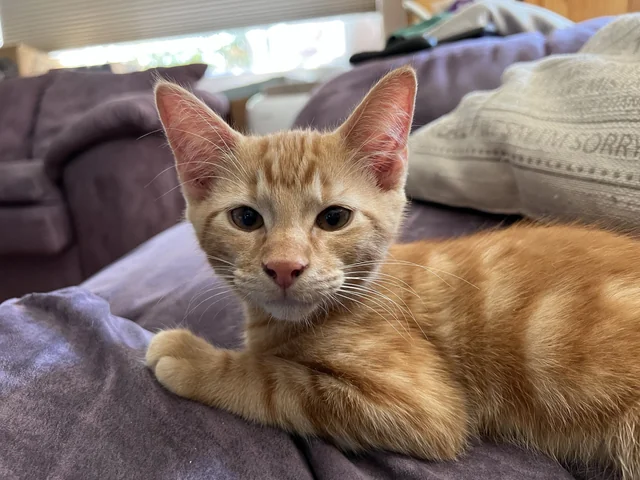
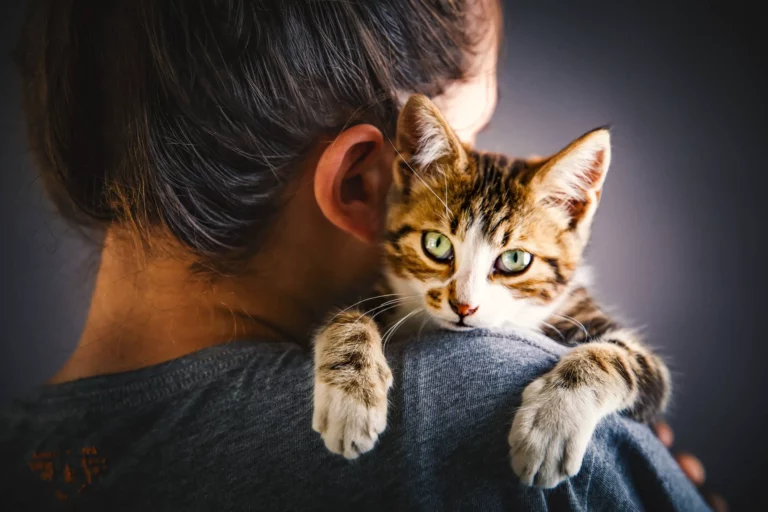
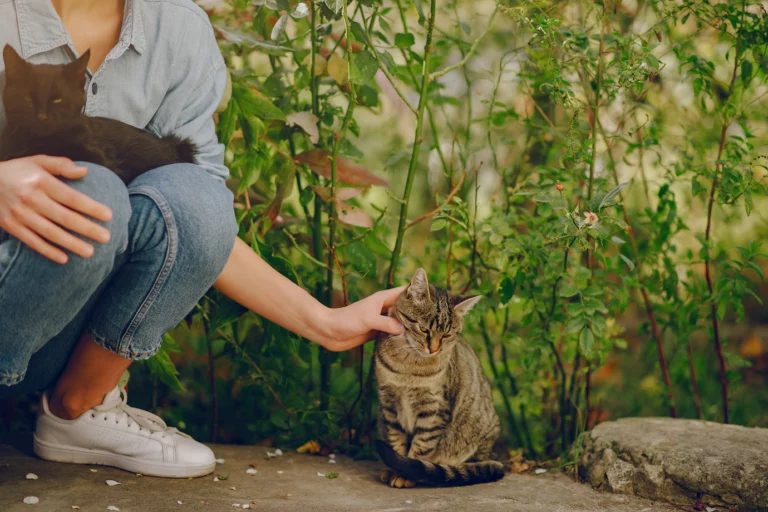
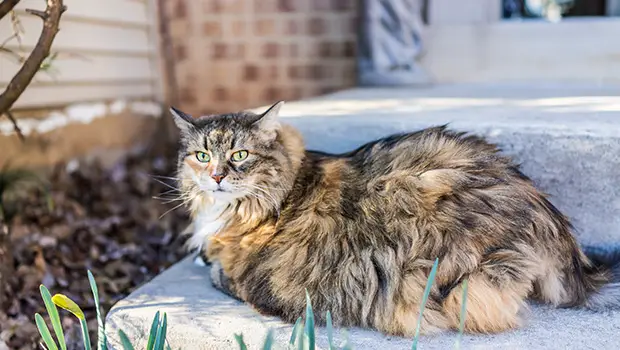
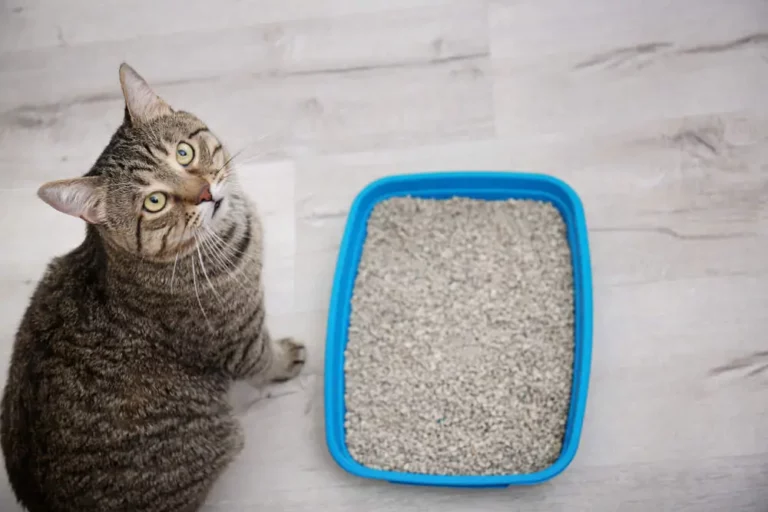
Itís nearly impossible to find well-informed people for this topic, but you seem like you know what youíre talking about! Thanks
Thank you!